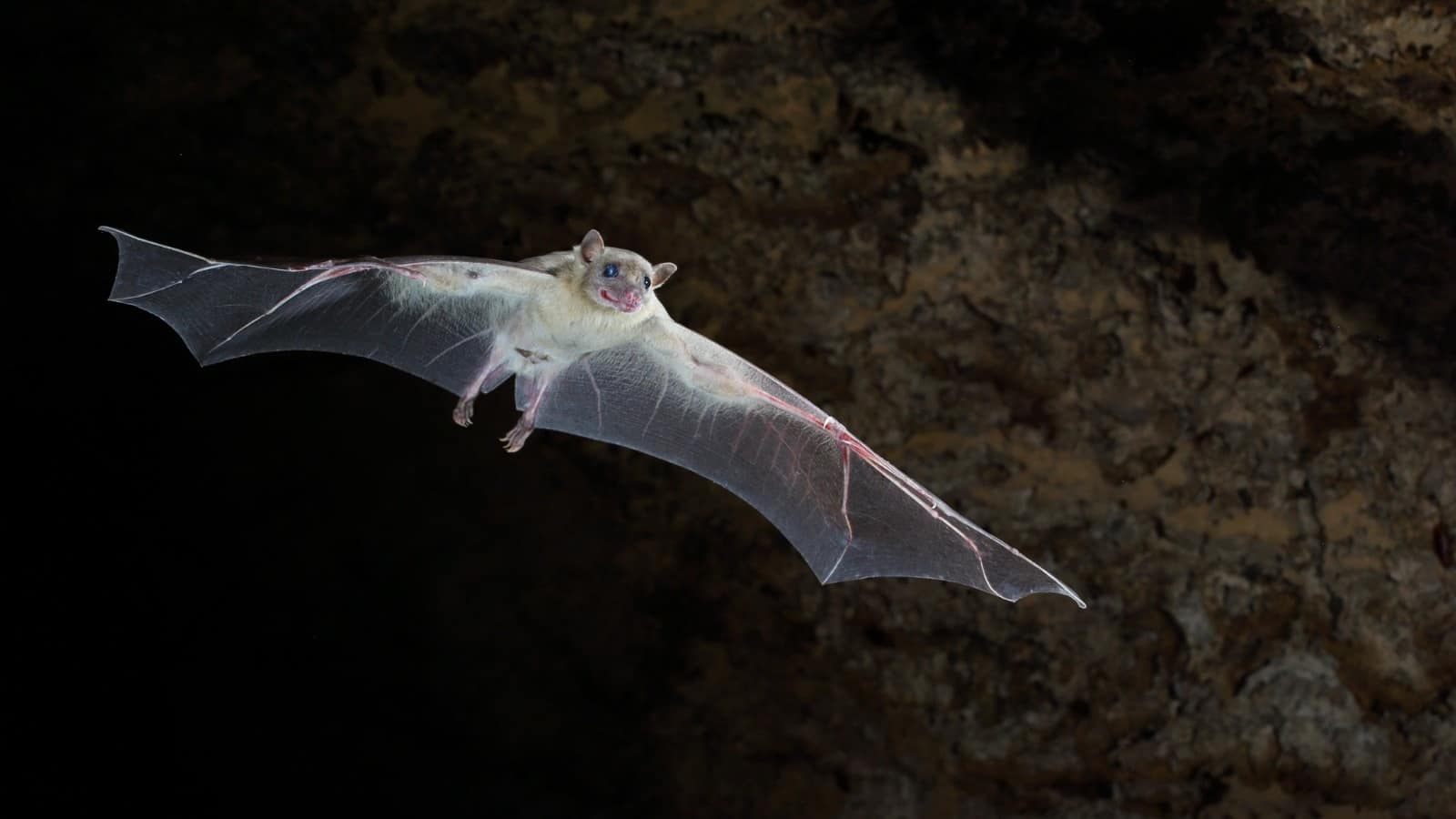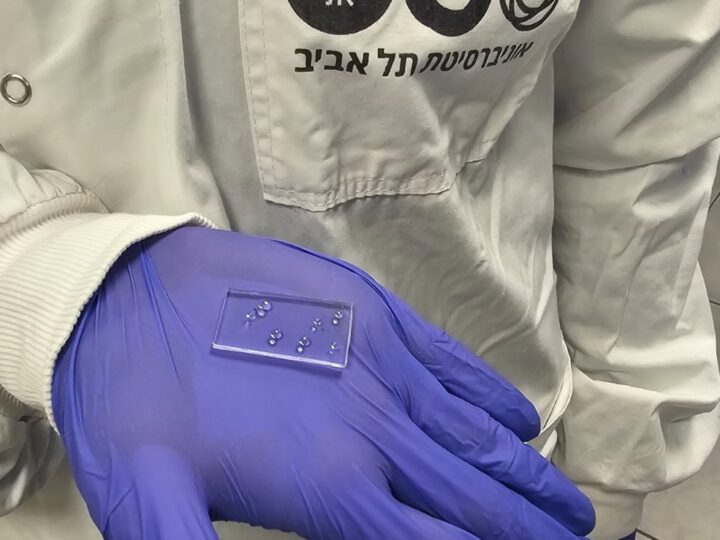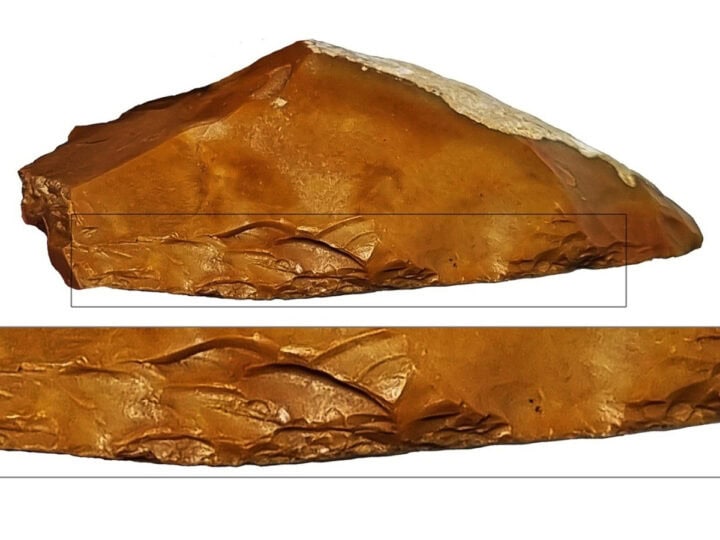Bats and rats can serve as weather stations, say zoologists and geographers from Tel Aviv University, who recently utilized bats to map urban heat islands in the region.
The interdisciplinary study, published in the journal Applied Geography, found that during the winter months, the air over busy Ayalon Highway can be up to five degrees Celsius warmer than the air over Tel Aviv’s Yarkon Park.
“Urban heat islands are dense urban areas that are several degrees warmer than their surroundings. However, for objective and environmental reasons, it can be difficult to measure them,” said Prof. Alexandra Chudnovsky.
“Placing stationary measuring stations on every street is nearly impossible, and deploying individuals with mobile sensors requires significant financial resources. Furthermore, measuring stations only capture ground-level temperatures, and don’t provide a 3D temperature analysis. One potential solution is using drones, but permits to fly drones in urban areas and flight time limitations — after 20 minutes they need to land and recharge — pose challenges.”
Instead, the research team decided to leverage the unique capabilities of bats, known for their exceptional navigation skills and familiarity with urban environments.
“Bats are more adept pilots than drones,” said Prof. Yossi Yovel from the Bat Lab for Neuro-Ecology. “They can fly 100 kilometers in one night, and they are active exactly when the heat island phenomenon is at its peak – at nighttime.”
The researchers attached tiny heat sensors to Egyptian fruit bats from an urban bat colony and released them in downtown Tel Aviv during the winter, between 8pm and 2am. The flying mammals easily found their way back home, and on the way, they mapped air temperatures over areas including the city center, the Ayalon Highway, Yarkon Park and Herzliya.
“Thanks to the bats, we were able to create the first three-dimensional map of urban heat islands” in the greater Tel Aviv region.
The data transmitted by the bats was compared to readings from four meteorological stations in Tel Aviv. Simultaneously, the researchers conducted a large-scale field experiment using mobile meteorological stations to verify the data. They also equipped individuals with similar devices and sent them to different parts of the city to collect comparable measurements.
The Tel Aviv University researchers refer to their innovative approach as biologically-assisted sampling,” and plan to apply it to other creatures.
“We must utilize any mobile platform that can assist us,” said Chudnovsky. “Just as the bats helped us map urban heat islands, pigeons can be used to effortlessly map urban air pollution, saving us a great deal of money and years of painstaking research.”
Yovel speculates that they could attaching tiny sensors to many of the animals already roaming the city.
“For example, when monitoring pollution in sewage systems, rather than using expensive and complex machinery, we can rely on the rats that are already present there,” he said.

















